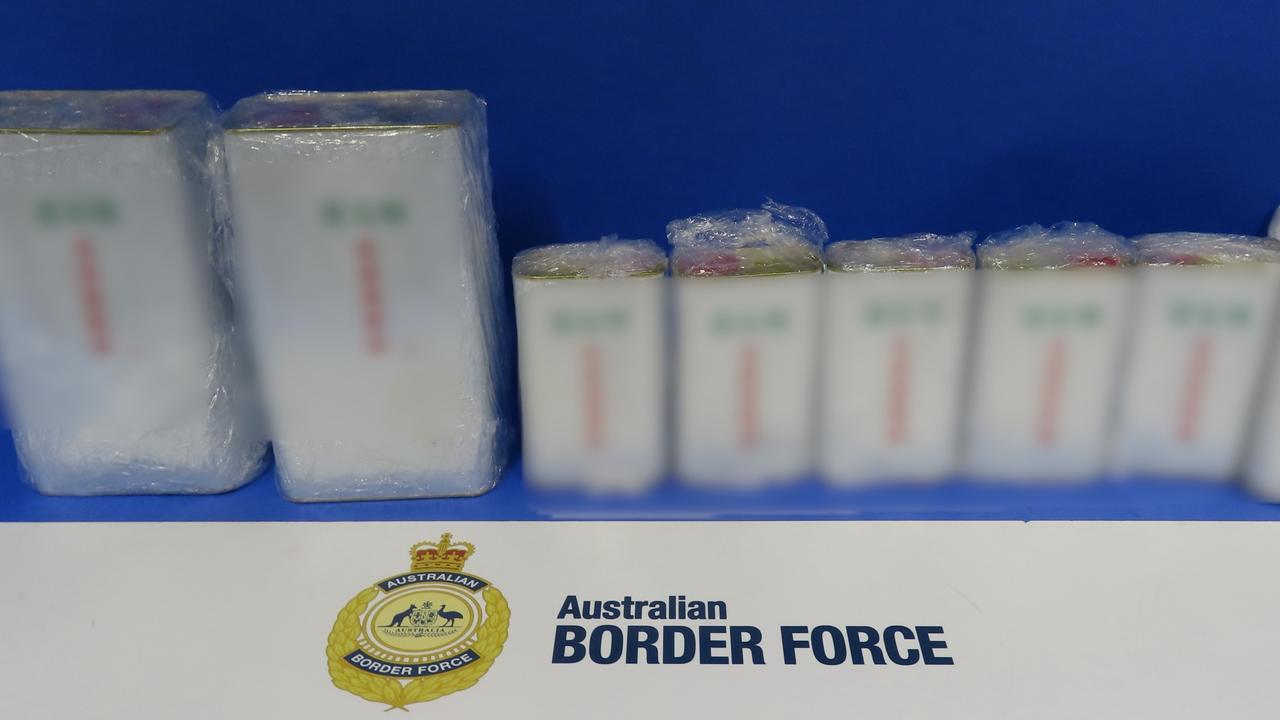Citrus gall wasps on the move as fruit flies start to fizzle in Adelaide
The fruit fly regime restricting school lunch boxes across SA could lift by Christmas, but gardeners have been warned to be on the look out for a new destructive swarm on the way.
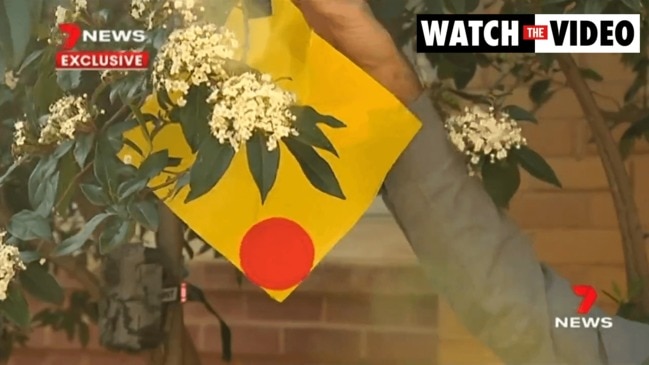
SA News
Don't miss out on the headlines from SA News. Followed categories will be added to My News.
The scientific buzz was that citrus gall wasps, the latest menace for suburban gardeners, would begin to hatch on Tuesday – and alert Ian Pickett was there to witness that precise prediction come true.
He lay in wait in his Fulham garden to trap the citrus pests, which were slated to emerge from that day, the SA Research and Development Institute (SARDI) told The Advertiser.
“On the weekend, I hung sticky yellow insect traps around all my citrus trees,” Mr Pickett said.
“On Monday, there were none. On Tuesday, as predicted, boom. What a precise forecast.”
Mr Pickett said he followed official advice from the Department of Primary Industries and Regions (SA) and Horticulture Australia on how to manage the pest in his garden of seven citrus trees.
“There is a heavy gall load on the orange tree,” he said.
“I was waiting for the wasps to emerge.”
He then sprayed the trees with Vasili’s Citrus Guard White Spray, but found he needed to dilute it because the recommended dose blocked the sprayer.
“Today it has rained, so it looks like I’ll have to respray quickly,” Mr Pickett said. “I might use white oil this time.”
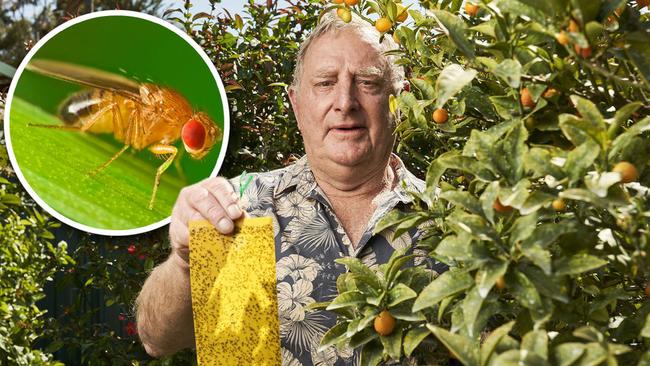
The citrus gall wasp has been in hibernation, lurking in lumps in the trunks and branches of backyard orange, lemon and lime trees.
Using temperature data for Adelaide, SARDI had forecast the wasps would emerge to mate and lay fresh eggs from Tuesday October 26 and peak on November 11.
Senior research entomologist Greg Baker said the grower’s feedback was “much appreciated”. The latest Adelaide temperature data and forecasts for coming days was now showing wasps would stop emerging on November 22.
He said wasps in Adelaide generally emerged earlier than in the Riverland.
“It occurs over about a month,” he said. “So a follow-up spray is required.”
Left untreated, wasps greatly weaken the tree, reducing the quality and amount of fruit produced.
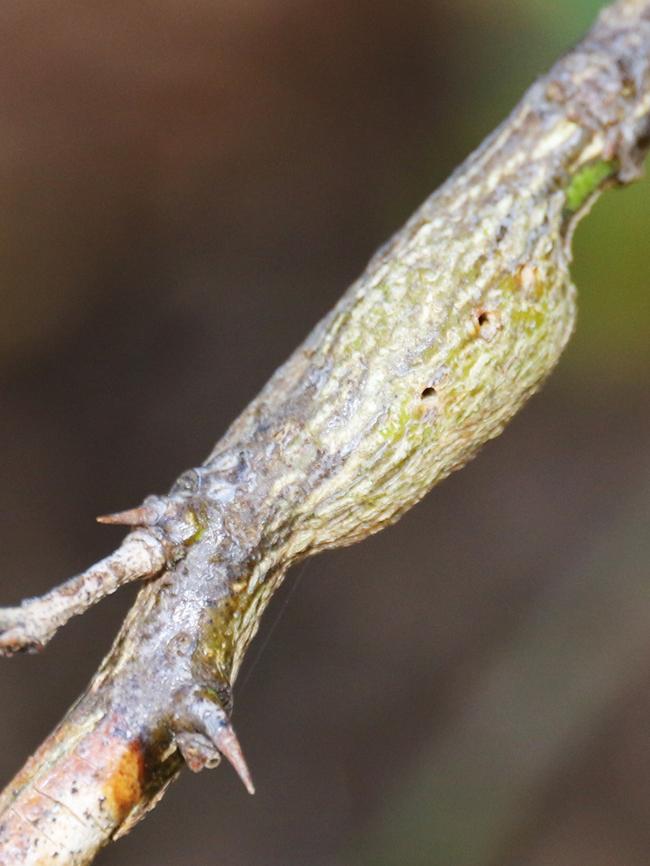
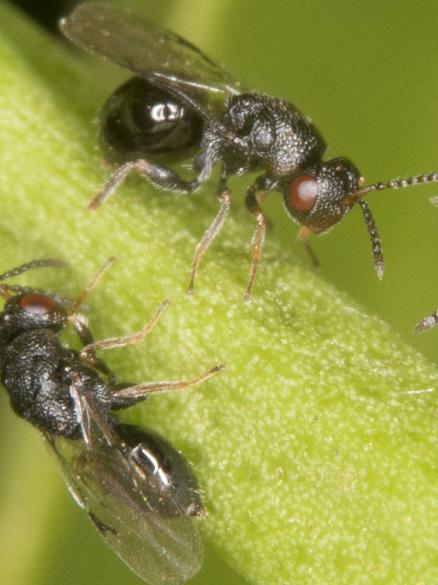
Gardening expert Jon Lamb has urged action against the citrus gall wasp ever since it arrived in SA from Queensland and NSW, possibly aided by climate change.
Gardeners should look for a telltale thickening lump on citrus branches. Each gall houses up to 100 tiny bark-feeding larvae.
“Within three days of emerging, female wasps will mate and begin laying hundreds of eggs into the soft bark on citrus trees,” he said.
Kaolin clay, sold as Vasili’s Citrus Gall Wasp Spray, works best, but horticultural oil (eco-oil or pest oil) can also be used. Gardeners can also prune out infected branches.
Meanwhile, Primary Industries and Regions SA plant health manager Nick Secomb said the department was halfway through an intensive, 24-week battle against fruit fly.
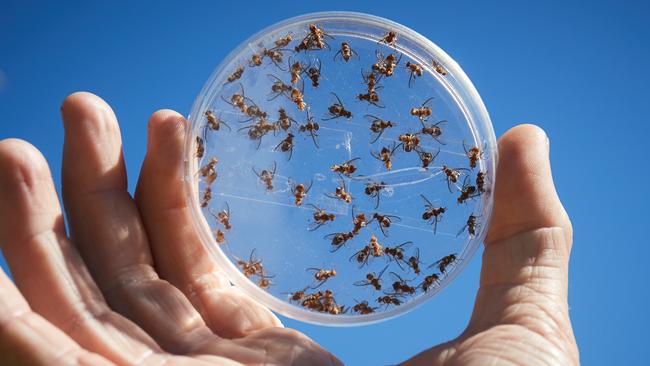
It included the release of 40 million sterile fruit flies every week in the Riverland and Adelaide, thousands of traps and different baits.
Since July, no fruit flies have been detected in Adelaide, while only four were discovered in the Riverland, mostly on hobby fruit blocks.
That news has buoyed spirits after growers lost millions of dollars from extra treatment costs and lost sales.
“This is the most significant response we’ve ever run,” Mr Secomb said.
The state’s horticulture industry vulnerable to fruit fly is worth $1.3bn a year.
Jason Size, chairman of Summerfruits SA, said stone fruit growers would be harvesting until March, though two-thirds of produce is usually picked before Christmas.
They face another season marred by extra treatment costs and the loss of some markets, which have already cost growers between $40,000 and $500,000 each.
If no more flies are found, restrictions will lift in Adelaide, the Riverland and Port Augusta in December.
A tentative date of December 22 has been set to lift the Mediterranean fruit fly zones which presently cover much of Adelaide.
It would be too late for fruit to return to school lunchboxes, but would be in time for Christmas




